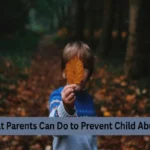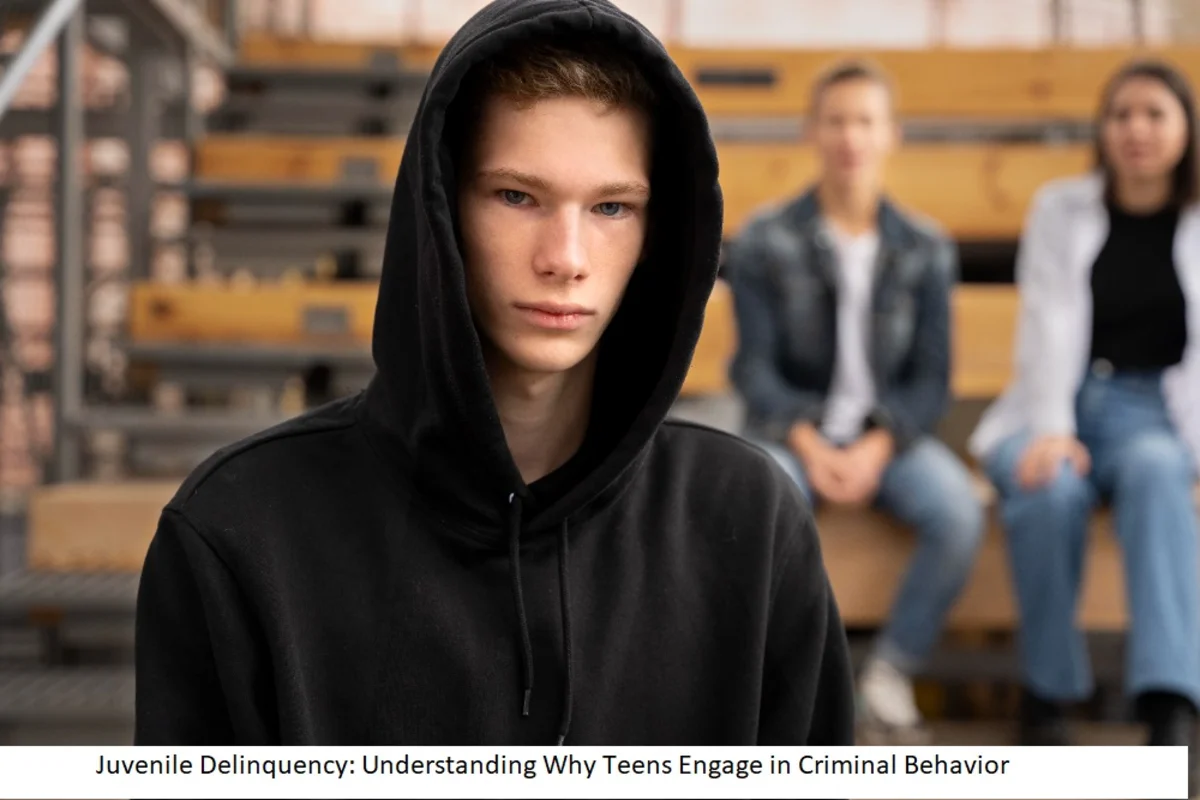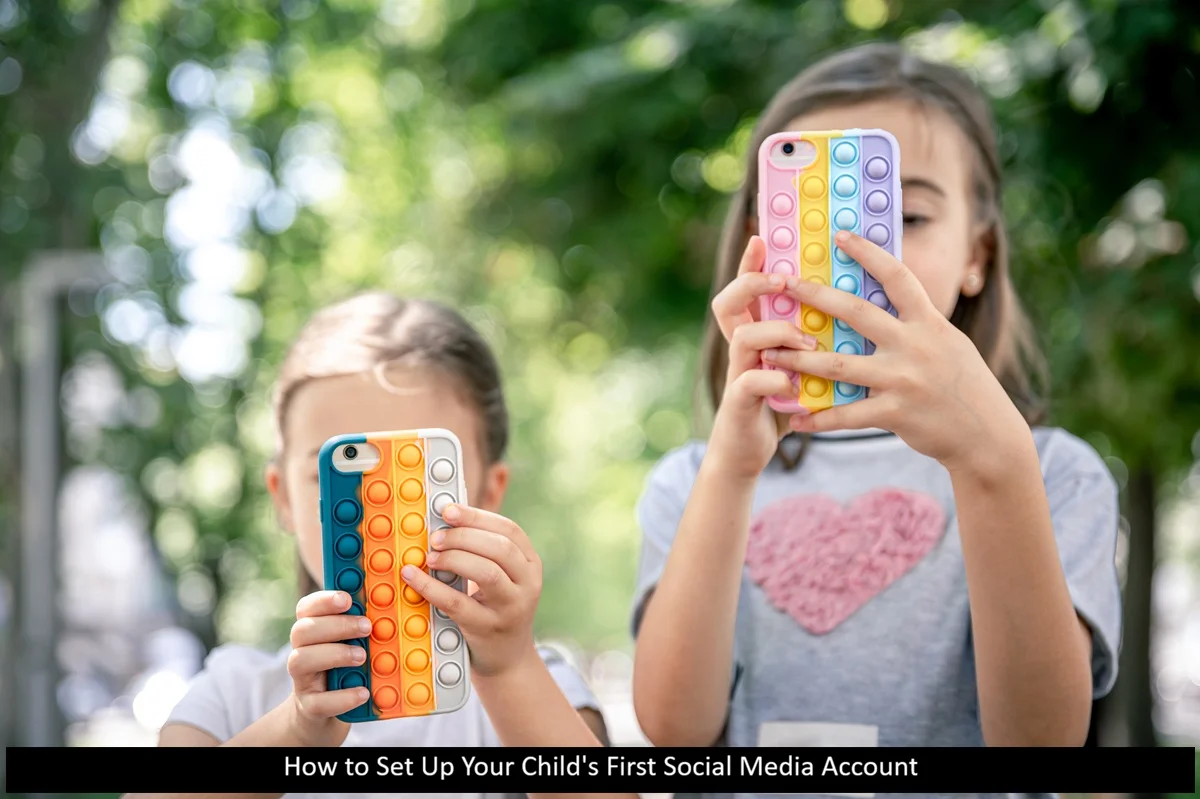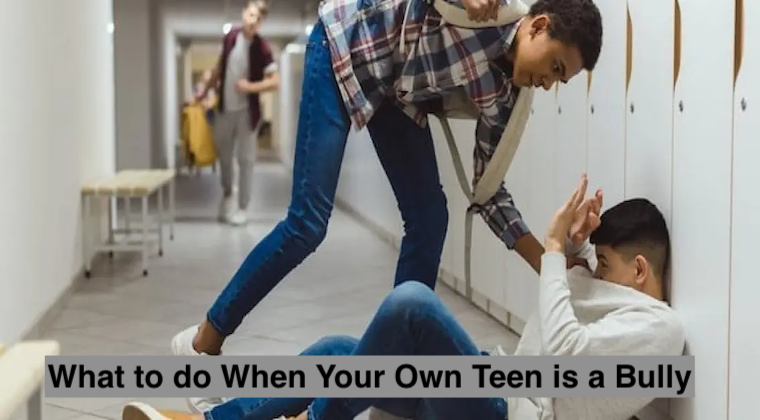Juvenile delinquency is a complex and deeply concerning issue that affects families, communities, and societies around the globe. With teenagers at a critical developmental stage, understanding the reasons behind their criminal behavior is crucial for prevention and rehabilitation. This article explores the root causes of juvenile delinquency, its impact, and actionable solutions to address the problem effectively.
1. What Is Juvenile Delinquency?
Juvenile delinquency refers to the participation of minors (individuals under 18 years of age) in unlawful activities. These crimes range from minor infractions, such as vandalism and shoplifting, to more severe offenses like assault or drug-related crimes. While the nature of delinquent acts varies, the underlying reasons often share common threads.
2. The Root Causes of Juvenile Delinquency
Understanding why teens commit crimes requires examining several contributing factors.
a. Family Environment
The family is the first and most influential social unit in a child’s life. Dysfunctional family dynamics, such as abuse, neglect, or lack of parental supervision, significantly increase the risk of delinquent behavior. For instance, children growing up in households with frequent conflicts or absent parents may seek validation or guidance elsewhere, sometimes from the wrong influences.
Example: Studies have shown that children from broken homes are more likely to engage in crimes as they lack emotional stability and support systems. For guidance on how to create a nurturing family environment, refer to How to Create a Safe and Stimulating Environment for Your Child.
b. Peer Influence
Adolescents are highly impressionable and often influenced by their peer groups. Peer pressure can lead teens to commit crimes to gain acceptance or prove loyalty. This is particularly true in gang-related activities, where teens feel compelled to participate in illegal actions to belong.
c. Socioeconomic Factors
Poverty, lack of education, and limited access to resources play a critical role in juvenile delinquency. Teens from low-income families may resort to theft or drug trafficking as a means of survival. Additionally, living in neighborhoods with high crime rates exposes teens to negative role models, perpetuating the cycle of delinquency.
d. Mental Health and Substance Abuse
Undiagnosed or untreated mental health conditions, such as depression or ADHD, can lead to impulsive and criminal behavior. Similarly, substance abuse lowers inhibitions and increases the likelihood of participating in unlawful acts.
e. Media Influence
Exposure to violent or inappropriate content through television, video games, and social media can desensitize teens to crime. While not all adolescents exposed to such content become delinquents, it can contribute to aggressive behaviors in vulnerable individuals.
3. The Impact of Juvenile Delinquency
Juvenile delinquency affects not just the teens involved but also their families, communities, and society at large.
- On Teens: Involvement in criminal activities often leads to legal consequences, such as detention or probation, which can disrupt their education and future opportunities.
- On Families: Parents and siblings may experience shame, stress, and financial burdens resulting from legal fees or lost income.
- On Communities: High rates of juvenile delinquency can create an unsafe environment, reducing property values and community cohesion.
4. Youth Crime Prevention Strategies
Preventing juvenile delinquency requires a multi-faceted approach that addresses its root causes. Here are some effective youth crime prevention strategies:
a. Strengthening Family Bonds
Parental involvement plays a significant role in shaping a child’s behavior. Programs that promote healthy family communication, parenting skills, and conflict resolution can reduce the risk of delinquency. Parents should set clear boundaries, offer emotional support, and remain actively engaged in their children’s lives. For practical tips, explore How Parents Can Support Kids in Dealing with Peer Pressure.
b. Providing Access to Education and Resources
Education is one of the most effective tools for preventing youth crime. Schools should offer engaging curricula, extracurricular activities, and mentorship programs to keep teens focused on positive goals. Community centers providing access to vocational training and recreational facilities also play a vital role in this strategy.
c. Encouraging Positive Peer Relationships
Youth programs that foster healthy friendships and discourage gang involvement can significantly impact teen behavior. Sports teams, volunteer opportunities, and art workshops provide teens with constructive outlets for their energy and creativity.
d. Addressing Mental Health and Substance Abuse
Early intervention for mental health issues can prevent delinquent behaviors from escalating. Schools and community organizations should offer counseling services, support groups, and substance abuse programs tailored to adolescents.
e. Improving Community Safety
Creating safe neighborhoods is essential for reducing juvenile delinquency. Increased police presence, neighborhood watch programs, and community events can deter teens from engaging in crime. Encouraging collaboration between schools, law enforcement, and community organizations ensures a comprehensive approach to safety.
5. Real-Life Examples of Prevention in Action
Several initiatives worldwide have successfully implemented youth crime prevention strategies:
- Youth Outreach Programs in Canada: These initiatives provide at-risk teens with mentors, helping them develop life skills and improve self-esteem.
- Community Policing in the UK: Officers engage directly with youth, fostering trust and preventing crime through positive interactions.
- Rehabilitation Programs in India: Vocational training for juvenile offenders equips them with skills for a better future, reducing recidivism rates.
6. The Role of Parents, Schools, and Communities
Preventing juvenile delinquency is a shared responsibility. Parents must remain vigilant and involved, schools should create safe and nurturing environments, and communities must offer resources and support. Together, these entities can address the root causes of delinquency and promote positive development.
7. A Global Perspective
Juvenile delinquency is not confined to one region or culture. While the specific causes and solutions may vary, the overarching goal remains the same: guiding teens toward a brighter future. By implementing effective youth crime prevention strategies, societies worldwide can reduce the prevalence of youth crime and foster a generation of responsible, law-abiding citizens.
8. Why Prevention Matters
Addressing juvenile delinquency early prevents long-term consequences for individuals and society. By focusing on prevention rather than punishment, we can:
- Reduce crime rates.
- Improve quality of life for families and communities.
- Equip teens with the tools they need to succeed.
9. Conclusion
Juvenile delinquency is a multifaceted issue that demands a comprehensive and compassionate approach. By addressing its root causes and implementing effective youth crime prevention strategies, we can empower teens to make better choices and lead fulfilling lives. Through collective efforts from families, schools, and communities, we can create a safer, more inclusive society where every child has the opportunity to thrive.
For more insights, check out How to Create a Safe and Stimulating Environment for Your Child and How Parents Can Support Kids in Dealing with Peer Pressure. These resources offer valuable guidance on creating environments that foster positive growth and development.










